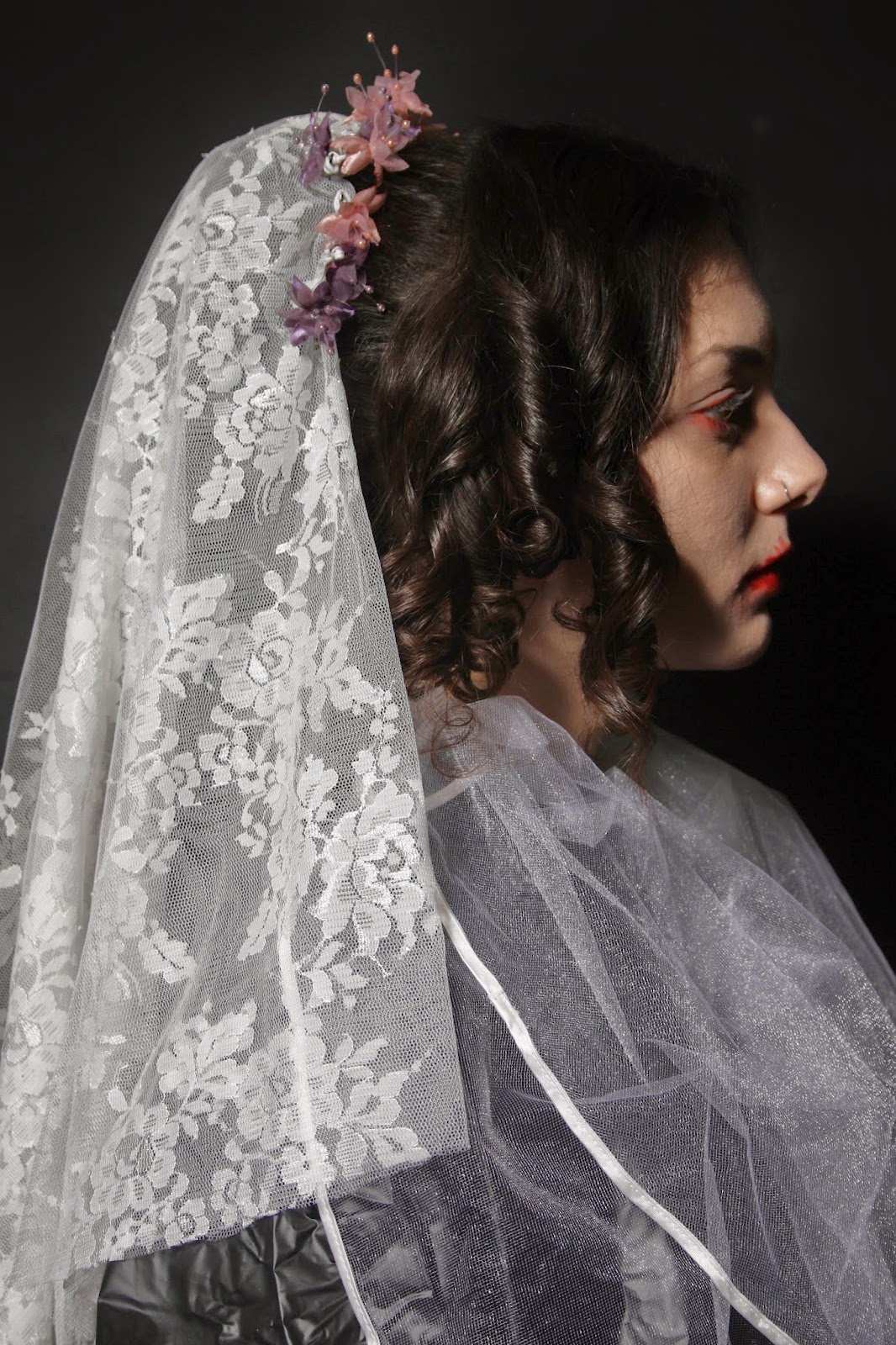Burns can be of 4 types:
- Superficial- affects the top layer of skin only. The skin looks red and is mildly painful. The top layer of the skin may peel a day or so after the burn but the underlying skin is healthy. It does not scar. For example: sunburn
- Partial thickness- causes deeper damage. The skin forms blisters and is very raw,red and painful. However, some of the deeper layer of skin is unharmed. This usually means the skin can heal well without scarring unless the area of the burn is large.
- Full thickness- damages all layers of the skin. The skin is white and waxy or chared black. There may be little or no pain as the nerve endings are also destroyed
- Electrical burns- usually create damages only inside the body
Products:
- Gelatine
- Fake blood
- Skin base
- Spayula
- Red colour (supracolour)
- Black colour (supracolor)
- Pin
How to: Light burn
- Redden the area with make-up
- Sponge on three to four layers of latex, making sure each layer is dry before applying the next one
- Pinch the latex and move it in a circular pattern until it blisters
- Paint under the latex with more make-up
How to: Thick burns using gelatine
- Make a fairly runny gelatine mixture
- Splatter the mixture from about 10 cm above the area- let the mixture run off the spatula and fall onto the skin. The lesion you create must not be too raised
- Redden the area arounf the blisters. Don't make them look too uniform. Colour the skin with skin base
- Take a pin and push runny of congealed blood under the gelatine mixture
- Add some black colour to the raised edges to make the skin look really burned
- Add some black pousse to the small holes you created with the pin to make it look infected.
This is a burn created with gelatine:
- Mix the gelatine with water and mix it well
- Apply it on the skin and dry it with cool hair dryer.
- Then colour where it's needed with pinkie/ reddish colour.




















